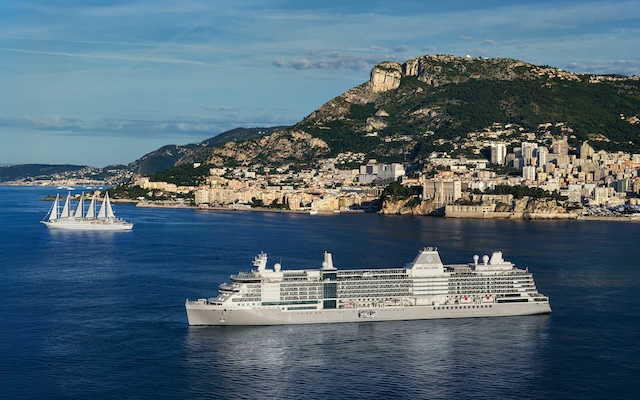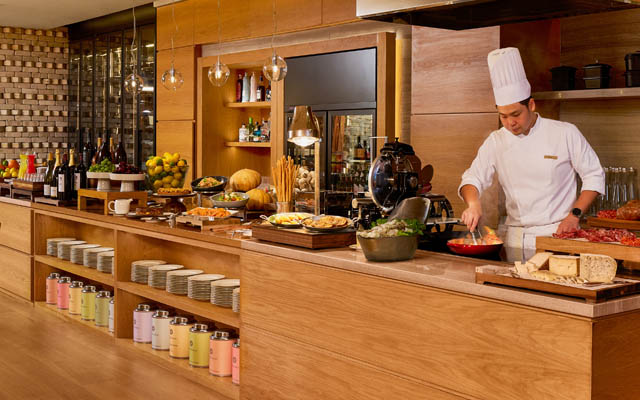THAILAND’S political crisis, which began last November, has not dented tourism in Phuket and Koh Samui, according to research by C9 Hotelworks, which cites increased airlift as the key driver of booming arrivals at both destinations.
Koh Samui received 1.7 million visitors last year, 88 per cent of who were from overseas with western Europeans accounting for half of all arrivals to the island.
C9 Hotelworks managing director, Bill Barnett, said growth in passengers travelling through Surat Thani airport, which increased 32 per cent, indicated the coastal town is now fully established as a second gateway to Samui, where Bangkok Airways has a monopoly on air access through its privately owned airport.
“Airlift is the key indicator for Samui’s growing business. Samui airport is capped at 36 flights per day. Surat Thani is Plan B for many travellers. It’s why you’re seeing more Thais travel to the island. Low-cost carriers like AirAsia provide a cheaper option and there are now direct flights to and from places like Malaysia as well as non-scheduled (charter) flights from China,” explained Barnett.
Increased throughput last year saw occupancy, ADR and RevPAR at the island’s hotels increase by five, seven and 14 per cent respectively, even though capacity at Samui International Airport reached 86 per cent.
Charter flights brought some 60,000 visitors through Surat Thani while visitors to the island from Russia and China rose 171 and 127 per cent year-on-year respectively.
Phuket posted record arrivals with 3.2 million people passing through the island’s international airport, representing growth of 26 per cent from 2012. China and Russia led the market, increasing 67 and 41 per cent year-on-year respectively.
ADR rose three per cent to US$147 with only a minimal decrease in occupancy, which fell two percentage points to 74 per cent. RevPAR was flat at US$110.
This positive performance saw Phuket outperform Bali, a key regional competitor, according to Barnett, who said overnight arrivals and increased access via Etihad had catalysed growth in mid- and longhaul arrivals to the destination.


















